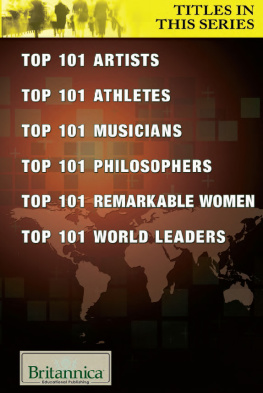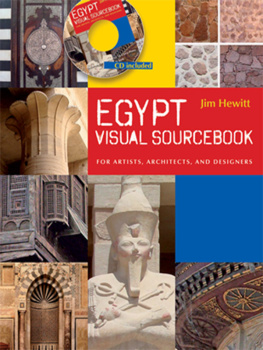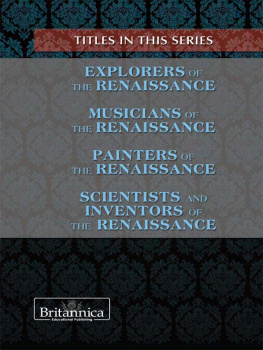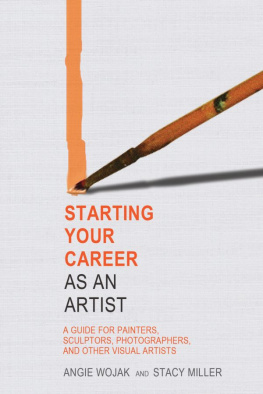
Published in 2014 by Britannica Educational Publishing (a trademark of Encyclopdia Britannica, Inc.) in association with The Rosen Publishing Group, Inc.
29 East 21st Street, New York, NY 10010
Copyright 2014 by Encyclopdia Britannica, Inc. Britannica, Encyclopdia Britannica, and the Thistle logo are registered trademarks of Encyclopdia Britannica, Inc. All rights reserved.
Rosen Publishing materials copyright 2014 The Rosen Publishing Group, Inc. All rights reserved.
Distributed exclusively by Rosen Publishing.
To see additional Britannica Educational Publishing titles, go to rosenpublishing.com.
First Edition
Britannica Educational Publishing
J.E. Luebering: Director, Core Reference Group
Anthony L. Green: Editor, Compton's by Britannica
Rosen Publishing
Hope Lourie Killcoyne: Executive Editor
Shalini Saxena: Editor
Nelson S: Art Director
Brian Garvey: Designer, Cover Design
Cindy Reiman: Photography Manager
Amy Feinberg: Photo Researcher
Library of Congress Cataloging-in-Publication Data
Top 101 artists/[editor] Shalini Saxena.First edition.
pages cm.(People you should know)
Includes bibliographical references and index.
ISBN 978-1-62275-130-3 (eBook)
1. ArtistsBiographyDictionaries, Juvenile. I. Saxena, Shalini, 1982- editor.
N42.T67 2014
709.2'2dc23
{B}
2013033325
On the cover: (Top row, left to right) Michelangelo Georgios Kollidas/Shutterstock.com; Frida Kahlo Archive Photos/Getty Images; Shepard Fairey Helga Esteb/Shutterstock.com; Claude Monet Hulton Archive/Getty Images. (Bottom row, left to right) Pablo Picasso Apic/Hulton Archive/Getty Images; Andy Warhol Hulton Archive/Getty Images; Paul Czanne Hulton Archive/Getty Images; Titian Imagno/Hulton Fine Art Collection/Getty Images.
Cover and interior pages (top) iStockphoto.com/Ren Mansi
CONTENTS
D ating back to prehistoric times, the visual arts were one of the earliest forms of human expression and aesthetics, with art being considered by many philosophers to reflect the inner state of the artist, societal ideals of beauty, or important historical moments. While the study of aesthetics and art has always encompassed broad definitions of what should be considered art, what is clear is that the creation of a work of art entails the bringing about of a new combination of elements in the mediumsuch as tones in music, words in the case of literature, or paints on canvasand the artist is the central figure behind this process of creation. In this book, the biographies of 101 of the most remarkable, innovative, and recognizable individuals in the history of Western art are presented, making the reader more familiar with the personalities that truly definedand at times redefinedart throughout the ages.
Since antiquity, techniques such as drawing, painting, and sculpture have been used to represent the visible world. The first and greatest period of classical art began in Greece about the middle of the 5th century BCE. By that time Greek sculptors had learned to represent the human form naturally and easily, in action or at rest. Their chief interest was in portraying gods. It was in this era that the Athenian sculptor Phidias constructed the largest statues to date. Under his direction the sculptures decorating the Parthenon were planned and executed. Several of them may have been the work of his own hand. His great masterpieces were the huge gold and ivory statue of Athena that stood within this temple and the similar one of Zeus in the temple at Olympia.
During late antiquity and the Middle Ages, Western art tended to reflect religious themes and imagery. Artwork commissioned by the Roman Catholic Church was intended to kindle reverence in believers, and artists were paid to create art embodying the churchs teachings. Early Christian murals, for example, portrayed God as an all-powerful, remote, and mysterious being, painted as a flat, formalized head or figure whose stern gaze dominated the interiors of churches and sanctuaries. Paintings of the Last Judgment were intended to frighten believers, while subjects such as the Virgin enthroned and the Assumption sustained their faith with hopes for salvation and rewards of immortality.
It was only in the rare period of prolific genius and artistic flourishing known as the Renaissance that modern art history truly began. After centuries of stiff symbolic representation, Renaissance artists started to study nature itself and to work from the living model. New ideas of grace, harmony, and beauty were gained from the sculpture and other artistic remains of classical Greece and Rome. Presently came the discovery of better technical methods of executionof the laws of perspective and the process of painting in oils. The result was that the art of painting burst into a glory previously unknown, and sculpture and architecture rivaled the grandeur of the ancient days.
The full flowering of Renaissance art came in the late 15th and early 16th centuries, with Raphael, the prince of painters, Leonardo da Vinci, and Michelangelo, embodiments of supreme many-sided genius. Each of these artists embodied the new spirit of a multitalented Renaissance man, working across many genres and fields and helping to define the modern concept of the artist.
By the late 18th century, a new movement called romanticism began to emerge as a number of artists started to paint subjects that were at odds with the strict decorum and classical historical and mythological subject matter of conventional figurative art. These artists favored themes that were bizarre, pathetic, or extravagantly heroic, and they defined their images with tensely linear drawing and bold contrasts of light and shade. Romanticism spread across Europe, producing some of the 19th centurys best-known names, including France's Eugne Delacroix and Jean-Auguste-Dominique Ingres and Germanys Caspar David Friedrich.
The late 19th and early 20th centuries saw the development of modern art to accompany a general societal embrace of a wide variety of movements, theories, and attitudes marked by a tendency to reject traditional, historical, or academic forms and conventions. The resulting art was more in line with changing social, economic, and intellectual conditions. Impressionism was highly influential in the founding of modern art. The varied modern movements included symbolism, cubism, futurism, expressionism, constructivism, Dada, surrealism, social realism, abstract expressionism, pop art, minimalism, and neo-expressionism.
An important contributing factor to this development was the acceptance of photography as an art form. The mechanical duplication of images and new technologies helped push the boundaries of representation. Important photographers including Alfred Stieglitz and Henri Cartier-Bresson worked to establish photographys place in the world of art.
Around the same time, one of the centurys most thoughtful and unpredictable artists would emerge: Marcel Duchamp. His 1913 Bicycle Wheel was the first ready-made, an artwork made of ordinary objects. Duchamps aim was not to please the eyes but to make the viewer think about what art is and can be. Duchamp made humor a significant factor in serious art.
Other movements such as pop art continued to push the boundaries of art. Arising in the late 1950s, pop art developed as a reaction against abstract expressionism. Rather than avoiding references to mass culture, pop artistsincluding Andy Warhol and Roy Lichtensteinaccepted and used them: soft-drink bottles, gas stations, comic strips, billboards, airplanes, and hamburgers. This acceptance was not without question, for in using popular images in their art, pop artists both celebrated technological culture and revealed its cheapness and vulgarity. In the 21st century visual arts have taken new directions, as seen in the works of such artists as Shepard Fairey and Kara Walker.
















